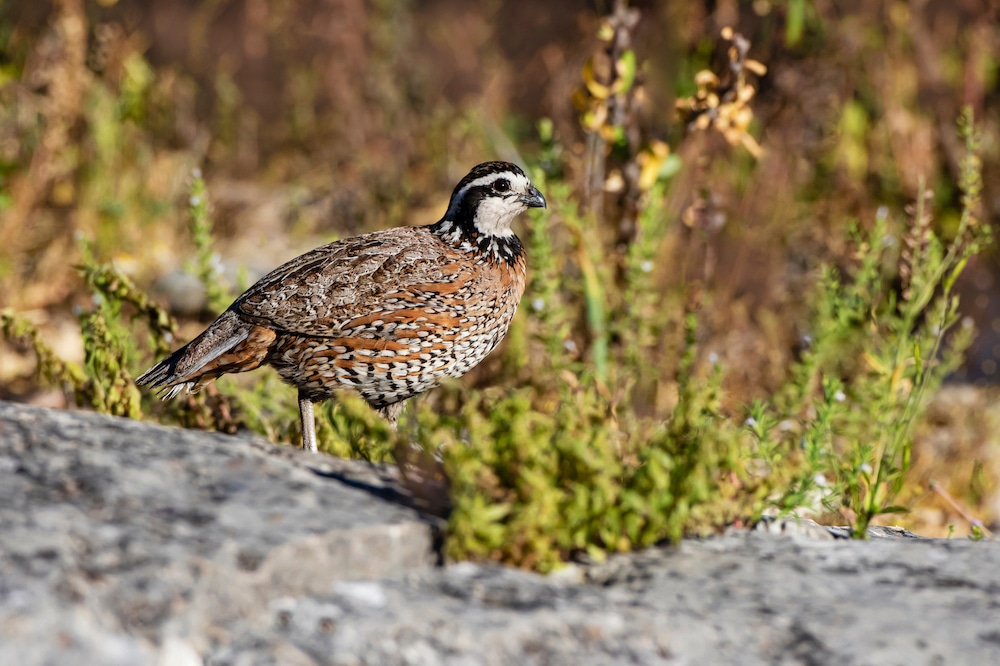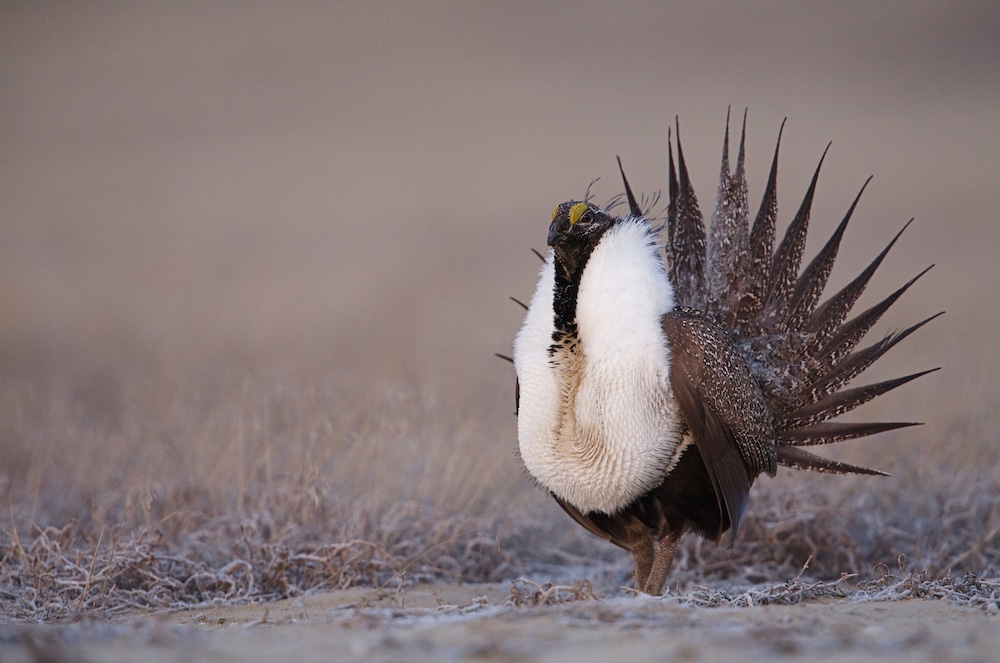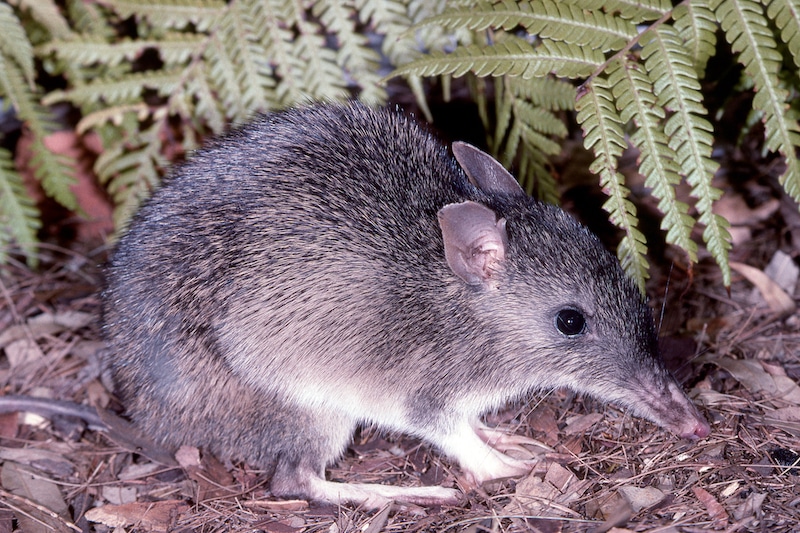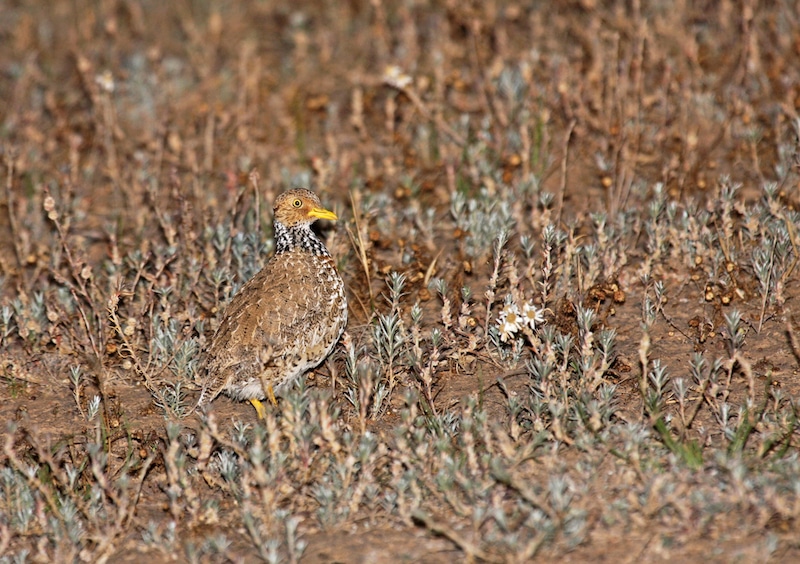
Insights: Sustainable agriculture for wildlife conservation
Sustainable agriculture for wildlife conservation: a fine balance
As the global population continues to increase, so does our demand for food. Across the world nearly 40% of land is dedicated to agriculture. In addition to providing space to grow crops and raise livestock, this land is important habitat for endangered species, who seek refuge in remnant woodlands, native grasslands and farm dams and creeks.
With the focus of this year’s Earth Day being ‘Invest in Our Planet,’ we’re taking a look at some of the innovative ways researchers are working with farmers in the United States and Australia to protect wildlife through the implementation of sustainable farming practices.
Farm landscapes provide important habitat for a range of species
Farming often occurs on land that is—or once was—home to an abundance of species. For example, the grassland ranches of the United States are home to numerous bird and mammal species that depend on this unique ecosystem for survival. Similarly, farms in Australia often contain natural assets such as rocky outcrops, creeks and remnant woodland, that help promote biodiversity. With the natural habitats of many species in decline, farm land provides refuge for many species.
Here are just a few of the species that call farming land home.
Northern Bobwhite (Colinus virginianus)
The Northern Bobwhite—often known simply as the bobwhite—is a small ground-dwelling bird native to North America, Mexico and Cuba, where it lives in habitats with good grass ground cover. The birds are highly sociable and live in groups of between 3 and 20 birds—they even roost on the ground together in a circle with their tails pointing inward!
Once common, the species has experienced sharp population declines, falling by 85% since the late 1960s. These declines are primarily driven by habitat loss and degradation, and changes to farming practices, which have resulted in pesticide and insecticide use reducing the availability of food.

Greater Sage-Grouse (Centrocercus urophasianus)
The largest grouse in North America, the Greater Sage-Grouse inhabits sagebrush country in the west of the United States, as well as southern Alberta and Saskatchewan in Canada. Like the Northern Bobwhite, it spends most of its time close to the ground, foraging and nesting in amongst the sagebrush and grassland. During the mating season, the males spend their time displaying on dancing grounds known as leks, which are often re-used season after season.
Due to habitat fragmentation and development, the species is classified as Near Threatened by the IUCN. According to the North American Breeding Bird Survey, the population declined by 83% between 1966 and 2015—roughly 3.5% per year.

Bandicoots
There are seven bandicoot species remaining in Australia. They are small omnivorous marsupials, found in a range of habitats from rainforests to grassy woodlands. This nocturnal animal spends all of its time on the ground, where it performs an important ecosystem function by turning over soil while searching for food. Bandicoots are prolific breeders, and can produce up to four broods of five babies each year, after a gestational period of only 11 days!
Habitat loss is a key threat to bandicoots, along with predation by feral animals such as foxes and cats. The conservation status of bandicoots varies according to the species. For example, the Long-nosed Bandicoot, which is found along the east coast—including in small pockets of Sydney—is classified as being of least concern by the IUCN, whereas the Southern Brown Bandicoot is considered endangered by the EPBC.

Plains Wanderer (Pedionomus torquatus)
Hard to spot thanks to its ability to easily blend in with its grassland habitat, the Plains Wanderer is one of Australia’s most critically endangered birds. Found in isolated pockets of arid grassland in south-eastern Australia, it is estimated that there are only 250 and 1,000 Plains Wanderers left in the wild.
The conversion of native grassland to agricultural land has been one of the biggest factors behind their decline. With their habitat underrepresented in Australia’s National Reserve System, private conservation efforts, such as those undertaken by Zoos Victoria, Bush Heritage and the Trust For Nature, have been essential to the bird’s survival.

Sustainable agriculture is key to promoting farm biodiversity
Accounting for 55 per cent of land use in Australia, and around 40 per cent in the United States, agriculture has a key role to play in the fight to preserve endangered species. However, as most of this land is privately owned, it can be challenging to achieve a coordinated approach and ensure farming practices are as sustainable as possible.
Here are just a few of the many sustainable farming initiatives in the United States and Australia that involve wildlife biologists and conservation scientists working alongside farmers to help promote sustainable agriculture practices.
Sustainable Ranching Initiative
The Sustainable Ranching Initiative is a partnership between the World Wildlife Fund and the ranchers of the Northern Great Plains (NGP). Covering over 180 million acres across five American states and two Canadian provinces, the NGP is one of the last intact temperate grasslands in the world, and provides vital habitat for a range of endangered species, including the Greater Sage-Grouse.
With roughly half of the NGP privately owned and managed, ranchers have an important role to play in preserving this unique ecosystem. The Sustainable Ranching Initiative works with ranchers to implement sustainable farming practices, while also ensuring farm profitability. It has four key areas of focus:
- Empowering local groups to develop long-term conservation agreements, easements, and innovative land management strategies.
- Incentivizing good conservation practices through certification programs, tailored management recommendations, and technical expertise.
- Leveraging funds for on-the-ground projects.
- Promoting whole ranch management.
Sustainable Farms Project
The Sustainable Farms Project works with farmers in New South Wales and Victoria to achieve the shared goal of ‘healthy farms, healthy farmers and healthy profits.’ Through the program, ecologists and farmers work side-by-side to share knowledge about best practice on-farm natural asset management. This is achieved by:
- Conducting long-term biodiversity surveys on farms to understand the role of natural assets in supporting biodiversity.
- Listening to the experiences of farmers implementing sustainable management practices.
- Sharing this knowledge with the broader community.
Wildlife Drones’ technology makes sustainable farm management simple and cost-effective
Wildlife Drones’ proven technology can be used to remotely locate and track radio-tagged animals across agricultural landscapes, ranging from small grassland birds to livestock. With the ability to track multiple tagged animals in real-time, it enables actionable insights into animals’ behavior and movements that support sustainable farm management practices. In addition to remotely viewing animal locations to keep track of their welfare, calving seasons and to detect abnormal movement activity, our technology enables property managers to plan more time-efficient and cost-effective musters.
Get in touch if you’d like to hear more about how our smart technology can help you more sustainably manage your farm.

